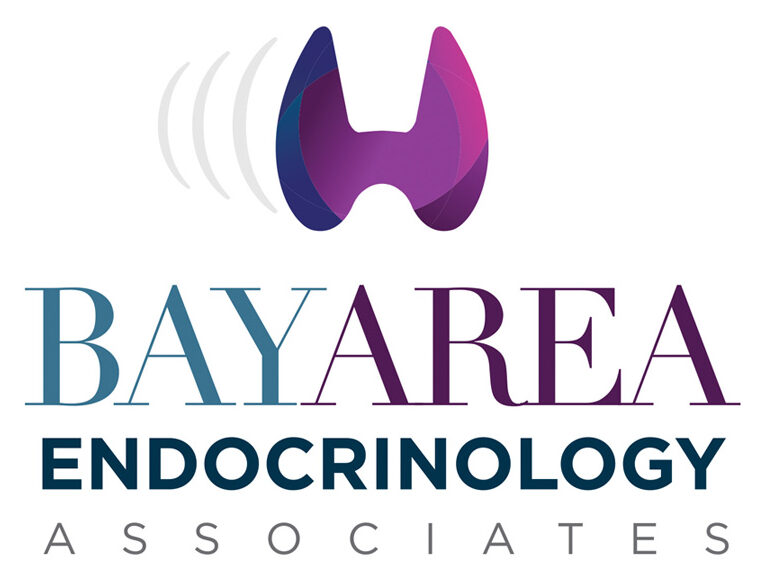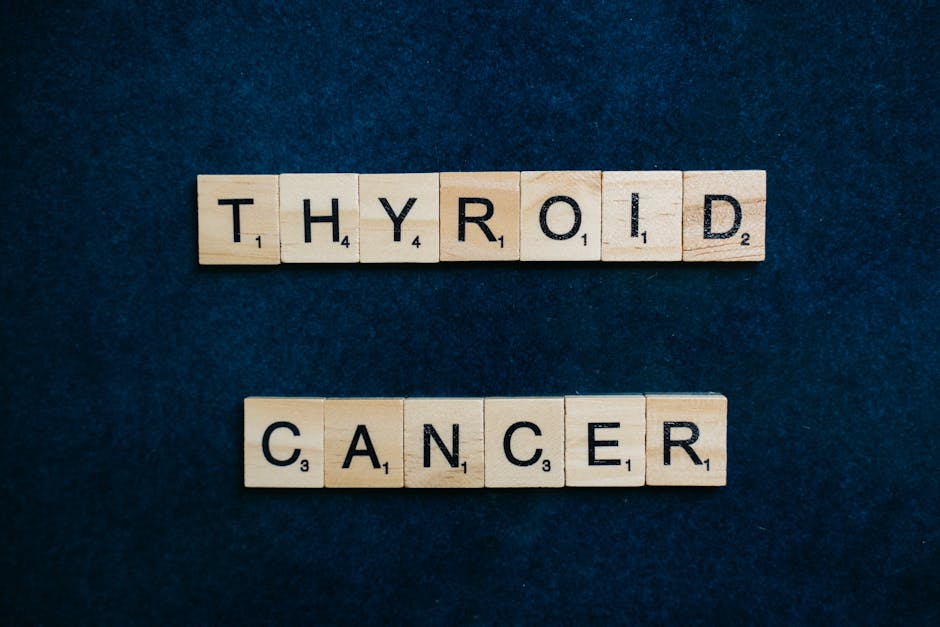One of the most common thyroid disorders is Hashimoto’s Thyroiditis, also known as autoimmune thyroiditis. Although it can affect anyone regardless of age and gender, the typical patient with this condition is a woman between the ages of 30 and 50.
Background
The thyroid gland is shaped like a butterfly and sits below the Adam’s apple in front of the neck. Two hormones are released from the thyroid that regulates several important body functions. Some of these functions are metabolism, body temperature, muscle strength, weight, skin dryness, levels of cholesterol, and menstruation.
Hashimoto’s Thyroiditis results when the immune system attacks the thyroid. As a result, the thyroid produces less hormone (also referred to as hypothyroidism). This process usually occurs over several months or even years before symptoms are significant enough to be noticed.
Symptoms
Common symptoms of Hashimoto’s Thyroiditis are fatigue, an enlarged thyroid (also called a goiter), constipation, dry and thinning hair, depression, constantly feeling cold, and irregular or heavy menses.
Diagnosis
A combination of a physical exam, medical history, and blood tests are used most often to diagnose Hashimoto’s Thyroiditis. The blood tests measure the levels of thyroid-stimulating Hormone (TSH), T4, and antithyroid antibody. When the TSH and antithyroid antibody levels are higher than normal while the T4 levels are lower than normal, this usually indicates a patient has Hashimoto’s Thyroiditis.
Less frequently, an ultrasound or a computerized tomography (CT) scan are used to confirm a diagnosis.
Treatment
Treatment of Hashimoto’s Thyroiditis is usually simple and effective. Synthetic T4, also known as thyroxine, is the standard course of treatment. Levels of thyroxine are regularly monitored with blood tests and the dosage is adjusted as necessary.
If you are in the Tampa area and experience the symptoms mentioned above, please contact your endocrinologist to get a diagnosis and begin treatment.







